
- Francisca Oboh-Ikuenobe
Missouri University of Science and Technology, College of Engineering and Computing
Palynology, Rocks and Earth’s History: A holistic approach
Information about speaker
Keynote information
Palynology has important applications in petroleum and coal exploration, paleovegetation and paleoclimate reconstructions, sequence stratigraphy, archaeology, plant evolution, and criminal investigations. In this presentation, case studies from several localities will be used to highlight some of these applications in Mesozoic and Cenozoic sequences. These studies include the use of key palynomorphs for biostratigraphy (ODP Leg 159, eastern Equatorial Atlantic), integrated palynological, sedimentological, and geochemical data for source rock identification (Western Desert, Egypt), and forensic finger printing based on spore and pollen sampled from clothes, hair and skin (New Zealand, Iraq). A melissopalynological study of seasonal honey production in East Texas documents how knowledge of the flowers found attractive by bees helped in planning a bee-free and safer garden. Palynomorph data in lake sediments (Western Australia) provides useful information on prevailing climate, lake levels and ecological conditions.
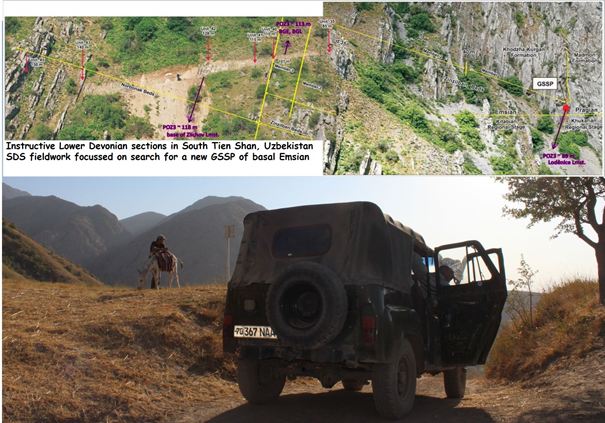
- Ladislav Slavík
Institute of Geology of the Czech Academy of Sciences, Prague; chair of Subcommission on Devonian Stratigraphy
The GSSP definition – pitfalls in multiproxies: An example from the Devonian
Information about speaker
Keynote information
The aim of this talk is to show examples of the maximal precision in correlation attained using integration of several methods, and, in contrast some principal drawbacks that cause serious inaccuracies. For example, the use of ill-defined biostratigraphic units seriously distorted the global correlation of various intervals in the Paleozoic and thus large errors were implied. As a consequence of misinterpretation of biostratigraphy on one hand, and inconsistency in radiometric data, on the other hand, examples of major problematic issues in mid-Paleozoic stratigraphy will be demonstrated.
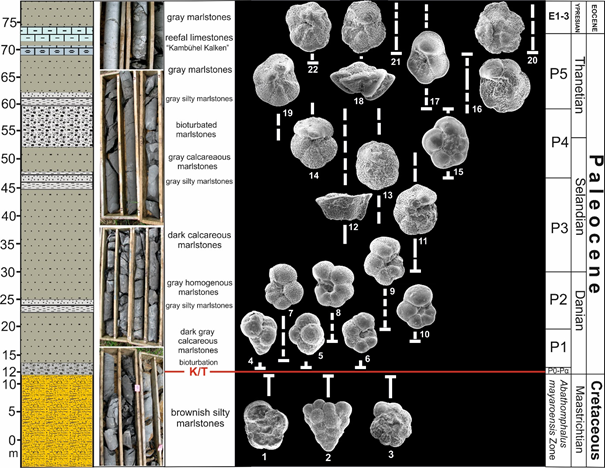
- Ján Soták
Institute of Earth Sciences, Slovak Academy of Science, Banská Bystrica, Slovak Republic
The End-Cretaceous extinction, recovery and radiation of the Paleocene-Eocene foraminifera: multiproxy data from the Western Carpathians.
Information about speaker
Keynote information
K/Pg boundary has been previously constrained in Western Carpathians, but its existence is still uncertain due to Laramian erosion and absence of lowermost P-serie biozones. New evidences of the K/T boundary has been gathered from the study of drill core sections in Horná Nitra Depression and Middle Váh Valley area.
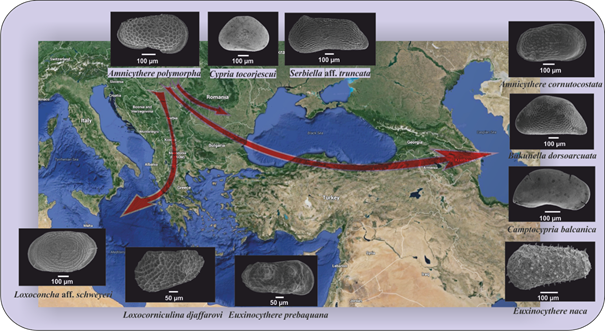
- Radovan Kyška Pipík
Institute of Earth Sciences, Slovak Academy of Science, Banská Bystrica, Slovak Republic
Long lived lakes of the Central Paratethys – hot spots of Miocene biodiversity
Information about speaker
Keynote information
The tectonic evolution of the Alps-Carpathians-Dinarides territory in the Neogene led to a reduction of the marine water body, drop of salinity and emergence of the brackish and freshwater lakes of which the Lake Pannon was the largest. This was a challenge for the polymorphic brackish ostracods of the Sarmatian Sea to adapt to empty ecological niches of the Lake Pannon and to freshwater intramountain basins. The endemic fauna extinct due to demise of the freshwater intramountain lakes or perhaps their descendant survived in the Lake Ohrid. A sudden retreat of the Lake Pannon after 9.8 Ma led to the development of extensive alluvial lowlands as well as ephemeral lakes and swamps and the endemic brackish species became extinct or shifted to the Eastern Paratethys and Mediterranean during the Messinian “Lago-Mare” event.
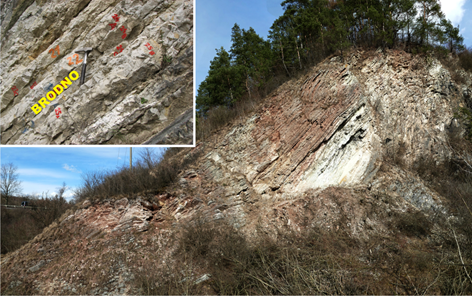
- Andrea Svobodová & Daniela Reháková
1Geological Institute of the Czech Academy of Science, Prague
2Faculty of Sciences, Comenius University Bratislava
Calcareous nannofossils and calpionels as a tool for the biostratigraphic correlation of selected Upper Jurassic – Lower Cretaceous sequences of the Tethyan area.
Information about speaker
Keynote information
The Jurassic-Cretaceous boundary is the last boundary between two stratigraphic systems, which has not yet been conclusively defined by the International Commission on Stratigraphy. Determining the GSSP for the Berriasian Stage in the Tethys has been the objective of elaborate and integrated studies and discussions during past several years. Biostratigraphical analysis based on calpionellids and calcareous nannofossils within the above mentioned time interval forms an essential part of the research.
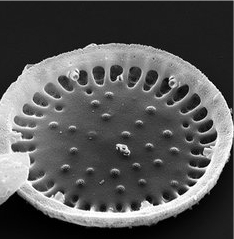
- Aleksandra Cvetkoska
Netherlands Institute of Ecology
Diatom response to climate change at the Pleistocene/Holocene boundary in ancient lakes Ohrid and Prespa.
Information about speaker
Keynote information
Balkan “sister” lakes Ohrid and Prespa co-existed for more than 1 Ma thus, representing the oldest and most diverse permanent freshwater system in Europe. The lakes share an underground hydrological connection via a karstic system in Mt. Galicica, but differ substantially in their physical and chemical properties. Recent studies presumed that the much shallower and nutrient-rich Lake Prespa can potentially affect the nutrient availability and endemic biodiversity of the deep and oligotrophic Lake Ohrid.
I will focus on the diatom records and present the eco-stratigraphic changes of both lakes that took place during the last 92 ka.